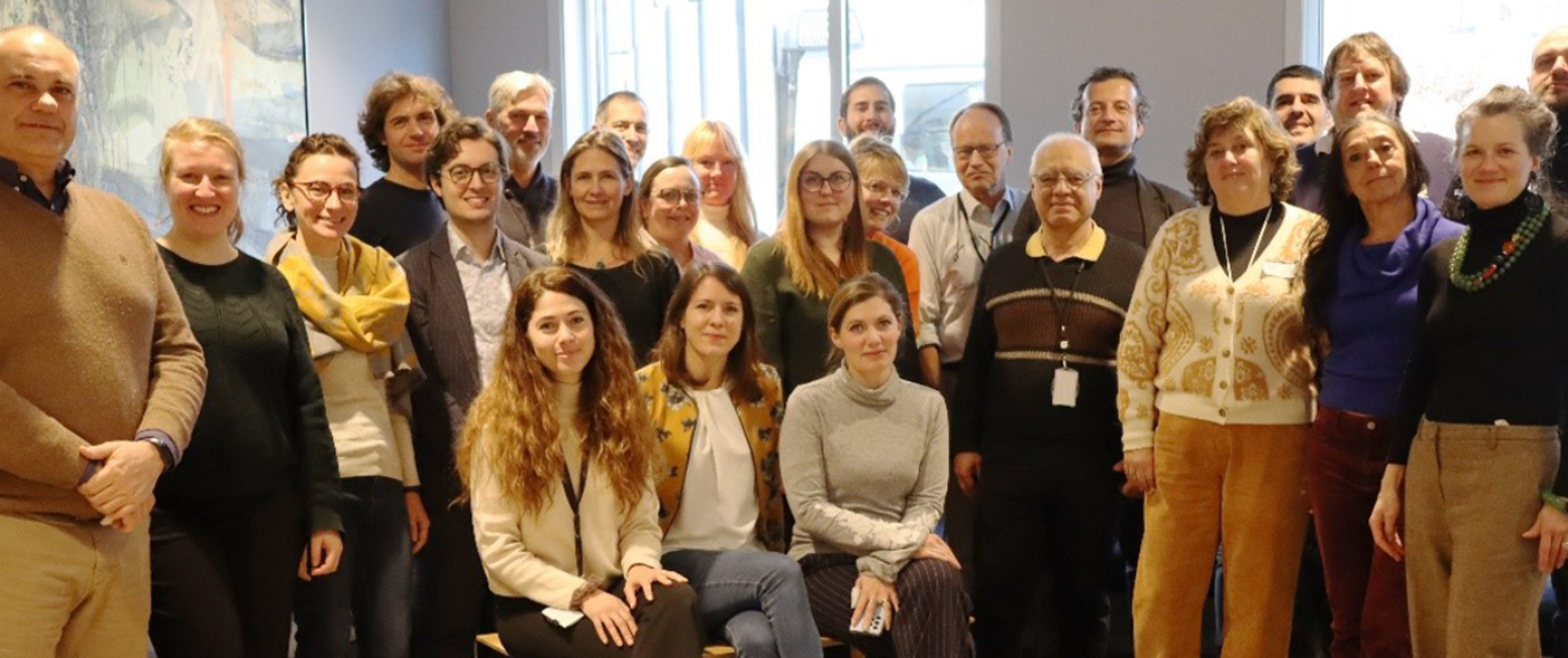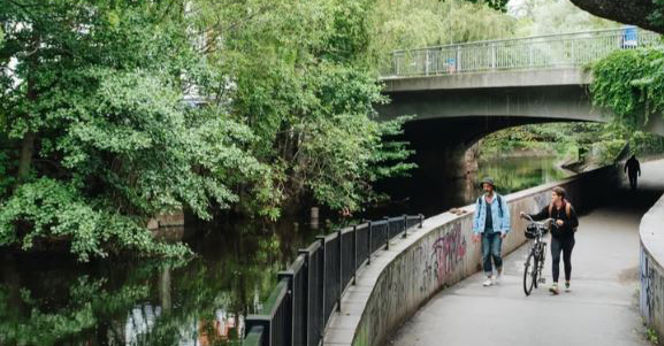Final consortium workshop meeting

“What we call the beginning is often the end, and to make an end is to make a beginning. The end is where we start from.” –T.S. Eliot
The end is where we begin – charting out PHUSICOS legacy at the final consortium workshop meeting which was held in Oslo, Norway, on 7-8 March. This workshop meeting marked the last formal event for the consortium’s 15 partners. It provided an opportunity to discuss the latest results and how to synthesize our findings into key messages that will have a long-lasting impact and support PHUSICOS’s legacy.
Since the start of the project in 2018, a total of 15 NBS interventions have been implemented at the three large-scale demonstrator sites (Serchio River Basin in Italy, the Pyrenees in both Spain and France, and Gudbrandsdalen valley in Norway) and the two supporting concept cases (Isar River Basin in Germany and the Kaunertal valley in Austria). Eleven of these NBS are physical interventions, and four are educational- and outreach activities (webinar and spring school of the Isar case are treated as one activity).
The end-user partners responsible for the NBS interventions at the demonstrator sites are currently drafting long-term monitoring plans to document the effectiveness of the NBS. The monitoring plans will be based on the indicators included in the tailored PHUSISCOS assessment framework tool (see D4.1) and the most significant indicators from the hazard modeling that has been conducted (from D4.4), as well as from the monitoring activities that are currently being conducted at some of the case study sites.
Further to the monitoring plans, upscaling assessments were also conducted and discussed in detail during the consortium meeting. Upscaling means increasing the measures’ size or areal extent and replicability. As most of the PHUSICOS NBS interventions are laterally extensive, typically covering whole riverbeds or valley sides is most relevant.
For some time, we have discussed the main barriers to NBS implementation, and as we move into these final project months, activities have shifted to solutions to overcome these barriers. Synthesizing these key recommendations will be an essential task in the following weeks. Preliminary conversations show that each barrier holds a solution that can inspire innovations and reforms.
For example, current regulations still favor traditional infrastructure, silo thinking, and silo budgeting. Changing the ‘burden of proof’ from documenting the effect and co-benefits of NBS to demonstrating the impact and co-benefits, including no harm to nature, of grey infrastructure is one activity to start this process. Another example is facilitating innovative and diversified financing as NBS are still overwhelmingly funded publicly and cannot rely on private financing because of the public good of nature embedded in NBS.
These policy and governance innovations, along with the other PHUSICOS innovations, Living Labs as part of service innovation, NMBS assessment and modeling as part of technical innovation, and serious gaming and Virtual Reality as part of learning innovation, are in the process of being reported for broad dissemination.
Furthermore, we are especially proud of the NBS Guidebook being developed to showcase the NBS interventions following the most relevant ecosystem typologies. This graphic layout is planned as an easy-to-read handbook for problem owners as a source of inspiration when identifying and selecting their NBS.

Scene from the Aker River, which runs through Oslo
The final consortium meeting in Oslo included an excursion along the Aker River, which runs through Oslo, which has been experiencing an extensive transformation from an area plagued by the textile industry, abandoned buildings, and poor environmental quality up until the late 1980s. Since then, substantial efforts have been made to restore the river and the area around it into a 10 km green corridor from the Maridal Lake in the north of Oslo to the mouth of the river downtown at Bjørvika into the Oslo Fjord.